|
It is a travel day so this will be short. A half entry so to speak. Lions and leopards and cheetah have filled these entries, but there is another cat to be seen in the Mara. She is smaller and solitary and able this season to use the tall grasses for almost complete cover as she walks the plain. The serval cat is just two feet tall and a little over 3 feet long in the largest specimens. She feeds on rodents, small birds, frogs, insects and reptiles for the most part. Relative to her overall body size, her legs are the longest among the great cats of Africa. And when she is avoiding the hyenas and jackals that hunt her, she often leaps into the air as she races off, holding her tail straight up in the air. We saw her just this once outside Lion Camp in the tall grass not far from a stream. Take a look. -----
All photos and text are copyright Clinton Richardson. The images are from the author's Safari Collection at Trekpic.com. If you like these posts, please tell your friends about the Venture Moola blog at Readjanus.com. Want to plan your own safari? If so, feel free to check out the outfitter we used at Porini.com. And, feel free to share this blog. The more readers the better. Click here if you would like to get a weekly email that notifies you when we release new entries. Or, click in the side column to follow us on Facebook or Twitter. Our first pass at spotting a leopard, you may remember, was when we returned to the Rhino camp after sunset one evening. During the drive back, we noticed the heads of four Giraffe all intently looking in the same direction at something ahead of us. It was getting dark and I was in a back seat. Our driver pulled out a bright spotting lamp and pointed it into the bush. Just moments later our spotter saw the leopard in front of us. Within seconds the leopard bolted into the bush and disappeared into the darkness. I missed it entirely and wondered if we would get another chance to spot this elusive animal. Our first game drive at the Lion Camp answered my question. We were already having a good day when our driver headed out of the grassland toward the bush. He was heading to an area where leopard had been previously spotted. We drove for some time until another nearby driver spotted something. The young leopard Figlet was in the bush near the stream we were canvasing. We drove over to join the other vehicle and surveyed the area. Not knowing if we would succeed and expecting it would not be a long viewing if the leopard was moving in the bush, I readied my camera for shooting into the bush with a long 400 mm lens, a fast ISO speed, continuous shooting mode and auto focus settings. I was expecting lower light shooting into the bush and knew the faster ISO speed would give me slower shutter speeds to complement using a longer lens. When we reached the bush where the other driver was waiting, it did not look promising. We found heavy bushes in front of a meandering stream with a deep bank. There were lots of directions the cat could go without our seeing her. Our driver pulled away from the other vehicle and parked us in front of a spot where a small opening let you look back into the brush. No one could see a cat. I secured my camera to my wrist, adjusted the viewing screen on the back so I could look down and see what the camera saw and lowered the camera as far as I could over the side of our vehicle, pointed into the opening. If the cat appeared the photos would be from her eye level. We sat with me leaning over the edge of the vehicle and our guides a bit nervous about my posture. “No one is getting out to retrieve your camera if it falls,” they politely pointed out. We waited quietly. Nothing happened. And, then there was movement in the bush. As I watched, the head of the leopard moved through the bush into the back of the opening my camera was watching. I hit the shutter button and the camera took a dozen pictures in quick succession. She was gone as quickly as she appeared but the thrill of seeing her remained. As did her image. The autofocus worked imperfectly under these challenging conditions but did manage to focus on Figlet often enough to generate a some great images. The one below shows her just as she appears in the opening in the bush. We had seen the elusive leopard on her home turf and captured her image as she warily moved near the river bank. It was a great moment and one we did not expect to replicate. A couple of days later, however, our guides started our morning drive looking for Figlet again. She had been spotted outside the conservancy (meaning there could be more vehicles following her) in a tree near a stream. What outed her was the carcass of an animal she had killed the night before. It was in the high grass near the tree where the other drivers said she was hidden. You can see our approach to the area in the image above with the safari vehicles around a tree. We stayed awhile but there was no cat to see. So, we drove through the grass near the stream, passing the carcass and a pair of opportunistic hyena. We followed the stream long enough to spot several Dik-dik (small antelopes a bit larger than the Suni we saw in Nairobi National Park) but found no leopard. Our driver got back on the radio and then backtracked to approach the original site from another direction. There were still a few vehicles at the site but they were beginning to move on. So we moved too, driving near the stream in hopes of catching another glance of the leopard. From the radio conversation (in Swahili) our driver knew we were close when he pulled up close to the stream to watch. Another vehicle pulled up behind us along the stream bed and Figlet moved away from the vehicle along the edge of the bush giving us this spectacular view. Our driver pulled our Land Cruiser ahead in the direction Figlet was moving. Another vehicle arrived. Figlet kept walking in the bush and then turned and walked out of the bush in our direction. Not the least bit intimidated by us or our vehicles, she walked leisurely up to our vehicle and stopped long enough to look at me and the long lens of my camera. She was less than two feet from the vehicle. I pushed the camera shutter to capture the large aqua marine eyes that mesmerized us all. I also felt my heart race a bit as her eyes caught mine and she stopped. She was so close. And as she fixed her gaze in my direction, I felt vulnerable. Pulse beating vulnerable. If only for a moment (she moved on), I feared she might jump into the vehicle. The thought and my racing heart resulted in a fuzzy close-up of her magnificent eyes. Fortunately, I was able to catch them in a longer distance shot when my hands were steady. Here is Figlet's close up. Once she walked off, we left as well. It was time for a bush breakfast. We drove to a more open spot and had a breakfast prepared earlier at our camp on a table and chairs set up next to our vehicle. Within a few feet of our table were hippo tracks in the mud. A great breakfast as usual and we still had the rest of the morning drive to look forward. -----
All photos and text are copyright Clinton Richardson. The images are from the author's Safari Collection at Trekpic.com. If you like these posts, please tell your friends about the Venture Moola blog at Readjanus.com. Want to plan your own safari? If so, feel free to check out the outfitter we used at Porini.com. And, feel free to share this blog. The more readers the better. Click here if you would like to get a weekly email that notifies you when we release new entries. Or, click in the side column to follow us on Facebook or Twitter. Two Hazda men head out into the Tanzanian wild as the sun rises in the distance. Part of one of only three remaining groups of hunter-gatherers left in Africa, these Hazda men are being accompanied this morning by two intrepid female photographers. After about an hour, two of the men will spot a black-faced vervet monkey and shoot it with their bows an arrows, stopping afterward to skin and cook the animal over an open fire. Later, they will search for beehives. One of the hunters begins whistling back and forth with a honeyguide bird. The conversation continues until he finds himself directly below a beehive lodged in a hole high above in a baobab tree. He and others pound stakes into the side of the tree and climb straight up to the nest. The bees are smoked out and the honeycomb extracted. All share in the bounty of sweetness and bee larvae. The honeyguide bird also feasts on the bees and wax. The remainder of the honeycomb is packed for the return to their small camp. The women have been collecting tubers and baobab fruit to supplement dinner.
The book is the culmination of a life-long journey of discovery by the two authors, who have crisscrossed the more remote parts of the African continent to record the lives and ceremonies of Africa's endangered indigenous peoples. Many of the peoples and their initiations have been pushed to extinction by the modern world since their ceremonies have been recorded and no longer remain as independent people living in traditional ways. Others remain independent but threatened by outside interests. Among the many rites recorded are Pokot and Rendille coming of age ceremonies, Venda girls graduations, and courtship and wedding ceremonies of the Turkana, Barabaig, Samburu and Somali. The great coming of age ritual of the Maasai warriors, known as the Eunoto, is also photographed. And, that is just in volume one. Volume two includes breathtaking images from the ceremonies of some of the much kingdoms of the Congo, Nigeria and Cameroon including images from the Voodoo Kingdom in Cameroon. Frenzied spirits with masks and outfits to match fill the pages and the cover reproduced below.
The trip back to our oldest societies with authors Carol and Angela will give you a spectacular look into the richness and diversity of traditional African society. It will also impress upon you the reality of humanity's vanishing past. Many scientists believe we are firmly within the sixth great extinction on our planet. Think about it. Wildlife species are disappearing at historically rapid rate as climate change promises to accelerate this change. But so are the oldests of our societies. Will modern societies be next? - - - - -
All text is copyright Clinton Richardson 2019. The images are from the book African Twilight - The Vanishing Rituals and Ceremonies of the African Continent by Carol Beckwith and Angela Fisher and copyright protected. If you like these posts, please tell your friends about the Venture Moola blog at Readjanus.com. And, feel free to share this blog. The more readers the better. Click here if you would like to get a weekly email that notifies you when we release new entries. Or, click in the side column to follow us on Facebook or Twitter. No one ever called this beast a gnu while we were in Africa. Instead, it was called the wildebeest or blue wildebeest to be precise. But it is also known as a brindled gnu and gnu makes for a better title. And, as you have guessed by now, we are spending much of this drive to take in the great wildebeest migration. The river crossing point we are aiming for is a good drive from the camp so we get see the wildebeest from several perspectives before we arrive for the dramatic conclusion. As we drive across the plains our guides point out the herd of wildebeest in the far distance. They are barely specs on the horizon at this point but other wildlife seem alert to their presence nonetheless. First we spot lions, like the one above watching from the grass. Then, further on and closer to the river crossing, we and the herd get closer. Here a pair of giraffe inspect the area for predators as the wildebeest make their way along. Eventually we get close to and even inside a large herd of wildebeest with several zebra in their ranks. With the van stopped, we sit and watch. Soon, a group of wildebeest and a few zebra go sprinting down a hill in the direction of the river. Everyone gathers together again, this time near a tree less than 100 yards from the river. We have followed their progress and now sit, with a few other vehicles off to the side but between the wildebeest and the river. They wait and so do we. Thoughts of television specials showing the great wildebeest migration with thousands of wildebeest madly racing across a river while crocodiles and other predators snap and grab at them crosses my mind. Is this what we will see? We are near the end of the migration season for this area and the herd is not as big as my TV-spectacular-imagination has led me to expect. And being late, some of the predators like the crocodile may be satiated. Still there is anticipation in the air. The wildebeest and their zebra companions are anxious as they wait. Then quickly, one and then another race toward the water followed by the group that had been waiting by the tree. It is a race to the water and down the bank and into the river. They have picked a steep embankment on the other side. Our van has to race to the river bank too. We catch up with them as they plunge into the river. No predators appear and most are quickly across. Climbing the embankment is a challenge. One stumbles badly on the steep incline and falls. But the rest manage the river and climb without incident. We have seen a safe passage. I confess to some disappointed. Not that I wished harm on any of the wildebeest but I was surprised there was not more drama. We pulled our van back from the river bank and, with the other vehicles nearby, watched as more wildebeest gathered under the tree for their shot at a safe crossing. And, that is when it happened. A flash of black followed quickly by a flash of light brown in front of us. Tall grass parting as they moved swiftly. A wildebeest had darted into the tall grass between the vehicles in a desperate attempt to evade a lioness.. The lioness quickly caught the wildebeest and a protracted struggle began. We watched as the two struggled. The lioness grabbed the wildebeest by the throat and took it to the ground, with it kicking and fighting to get away the whole time. Then she gripped the wildebeest's throat harder and applied pressure. The wildebeest kicked its legs up and down. The lioness kept her grip. After a few minutes the kicking stopped and the lioness dragged the carcass into the bushes. She was winded from the struggle and sat their panting for a good while before giving off a roar. With her kill hidden, she left the area to inform her pride. All while this was happening, behind us some of the wildebeest were starting to move. First a few, led by a zebra, and then more and, like before, suddenly all of them were racing to the river. As before, our vehicle hurried back to the river bank to watch this second crossing. As you can see, the bank on the other side of the river is not as steep as the last crossing. All made it across. After this second pass, we headed back to camp. The joy and tragedy we found on the way back is the subject of next week's entry. _ _ _ _ _
All photos and text are copyright Clinton Richardson. The images are from the author's Safari Collection at Trekpic.com. If you like these posts, please tell your friends about the Venture Moola blog at Readjanus.com. Want to plan your own safari? If so, feel free to check out the outfitter we used at Porini.com. And, feel free to share this blog. The more readers the better. Click here if you would like to get a weekly email that notifies you when we release new entries. Or, click in the side column to follow us on Facebook or Twitter. |
the blog
Travel, history, and business with original photos.
your hostClinton Richardson - author, photographer, business advisor, traveler. Categories
All
Archives
July 2023
Follow us on Facebook
|
Check out Ancient Selfies a 2017 International Book Awards Finalist in History and 2018 eLit Awards Gold Medal Winner and
Passports in his Underpants - A Planet Friendly Photo Safari a 2020 Readers' Favorite Winner in Nonfiction
Site Copyright 2024 by Clinton Richardson
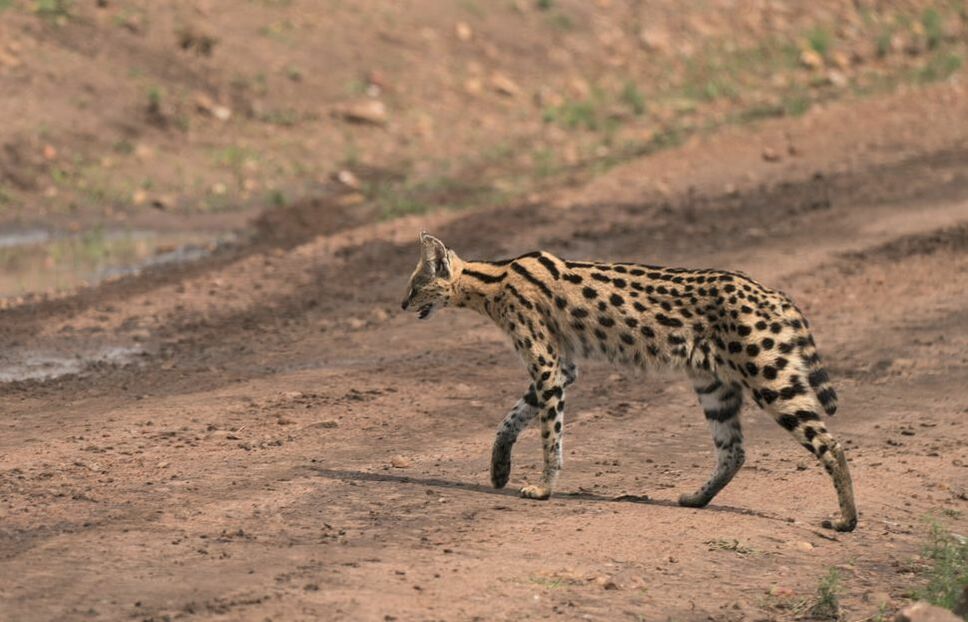
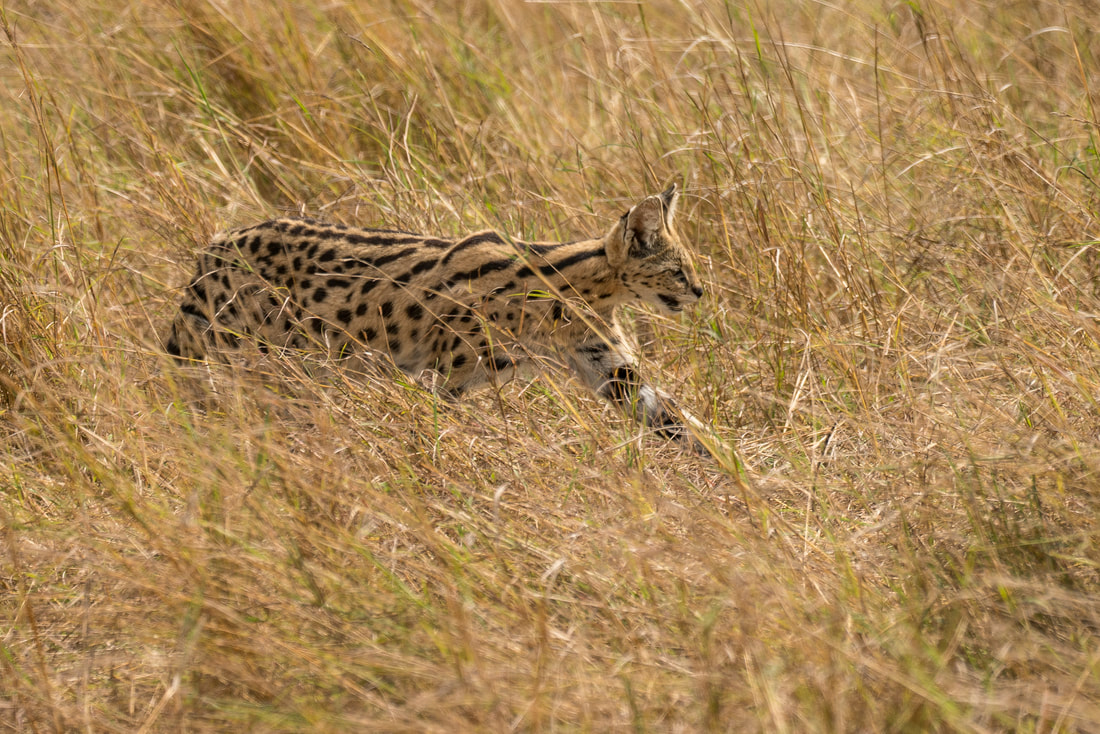
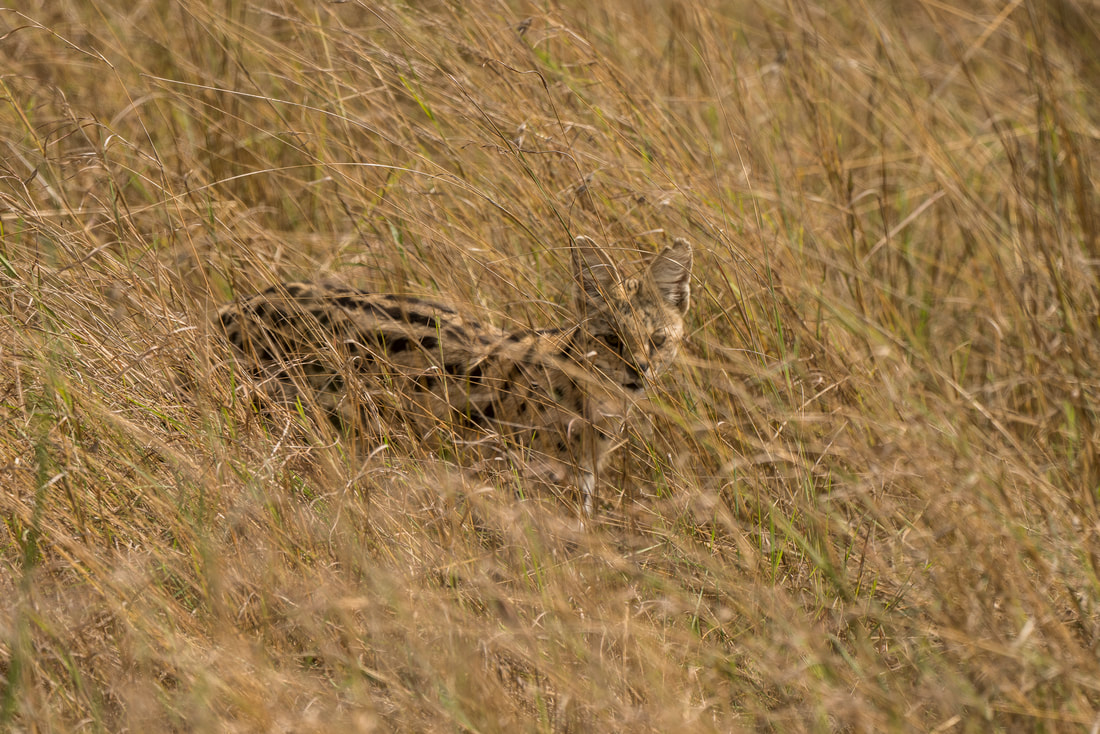
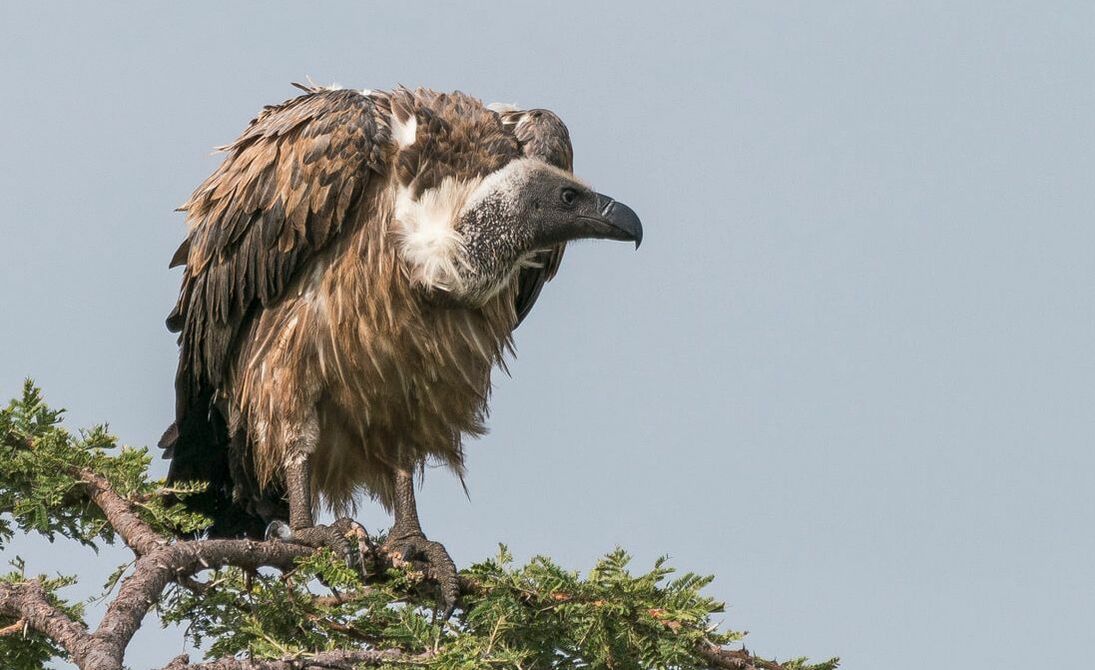
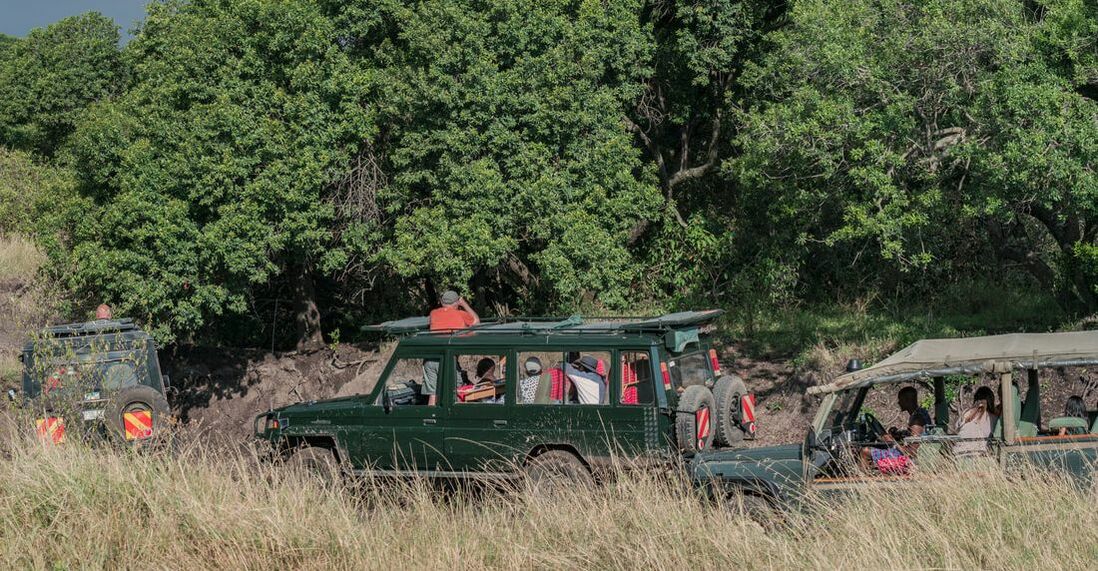
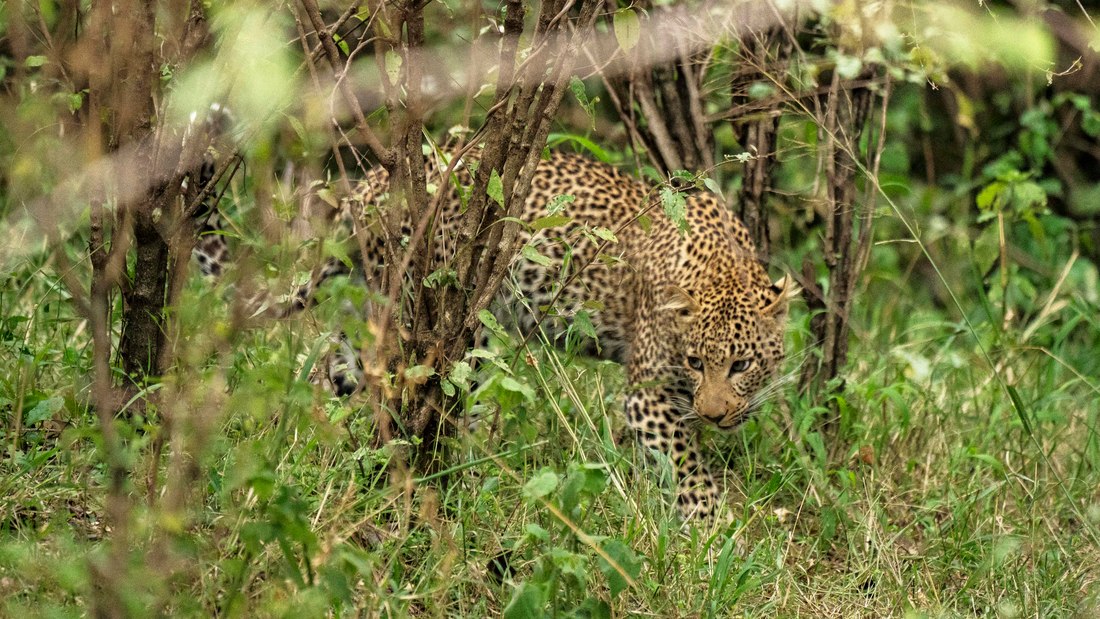
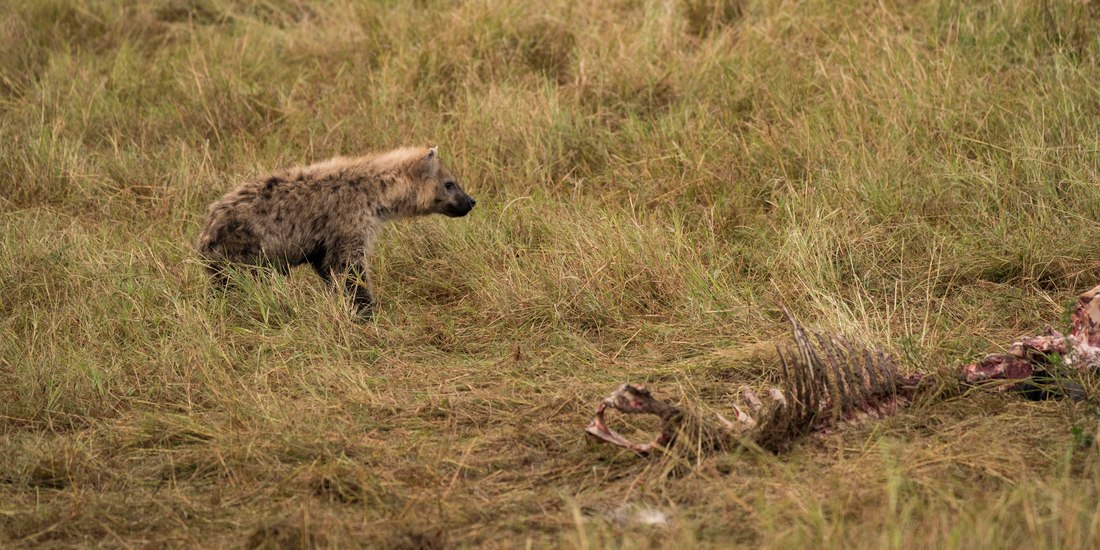
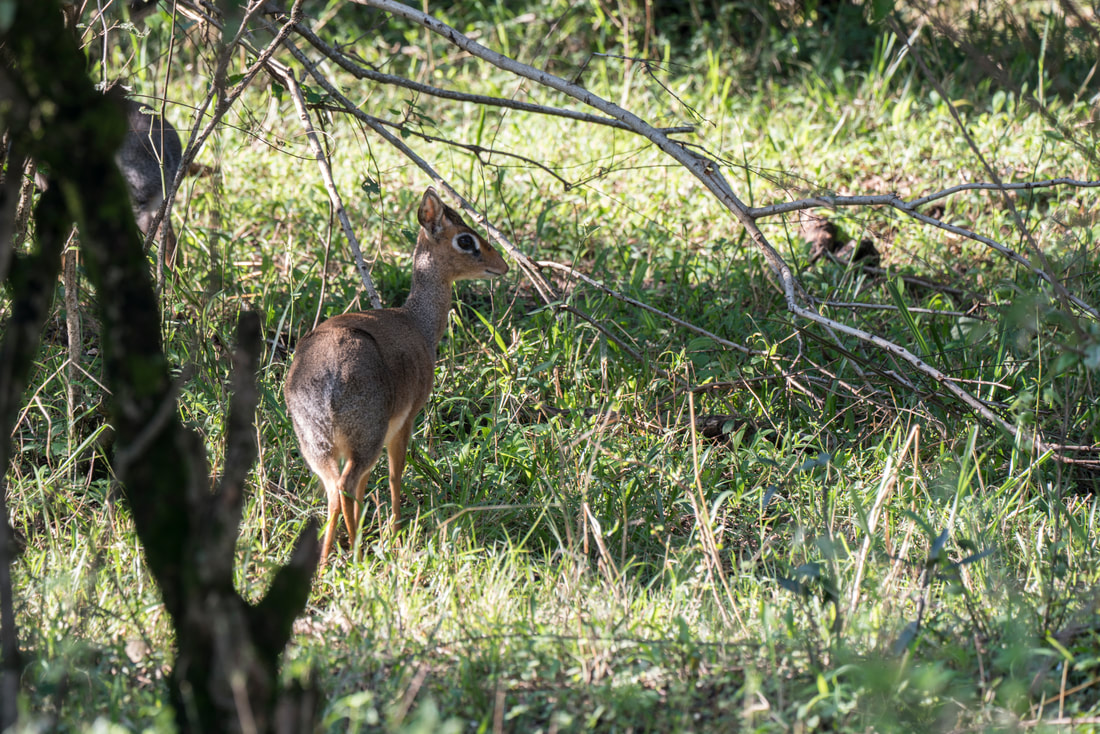
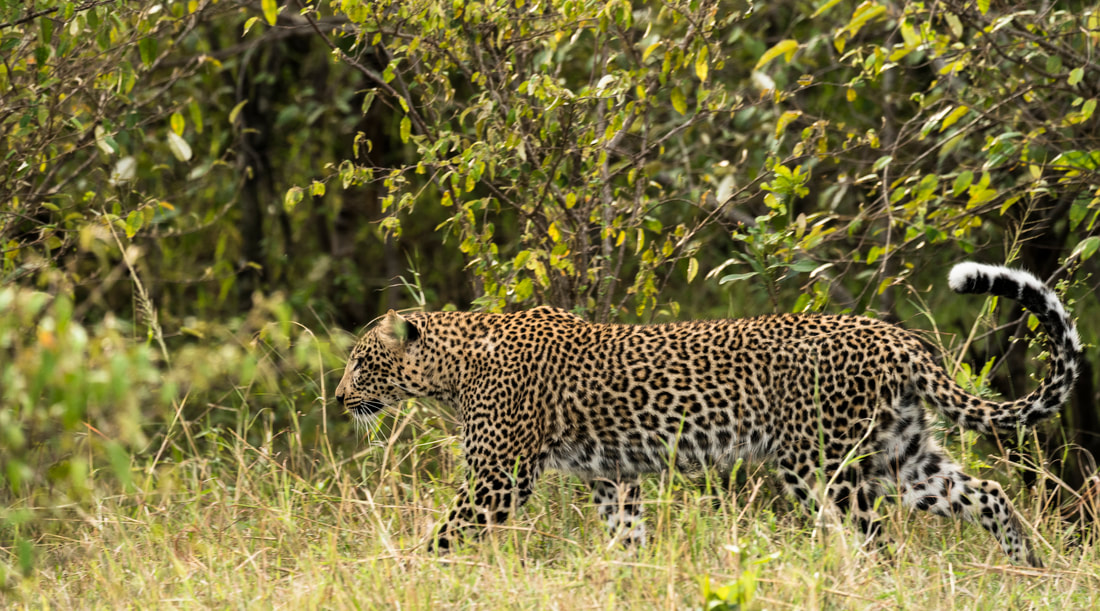
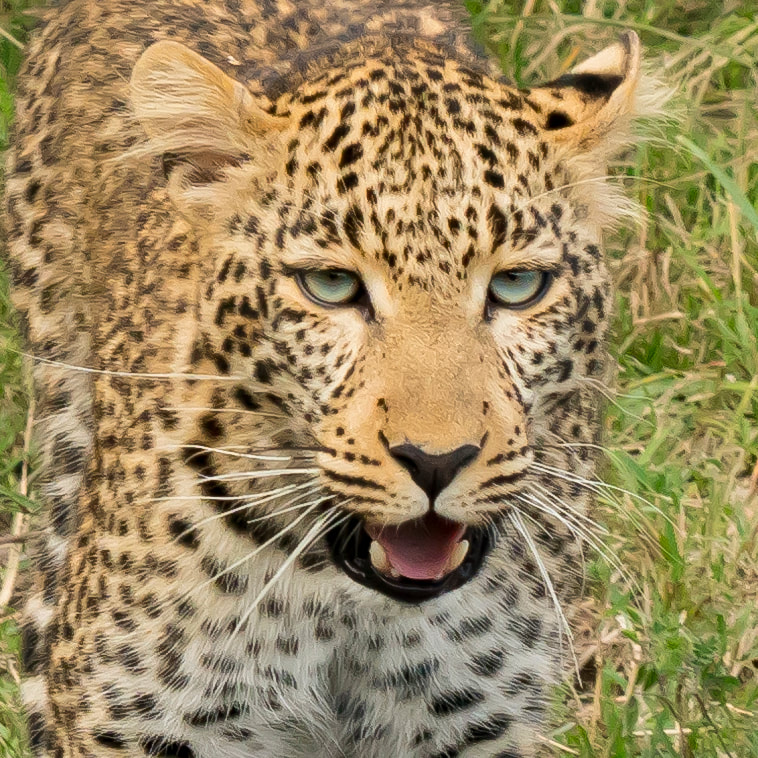
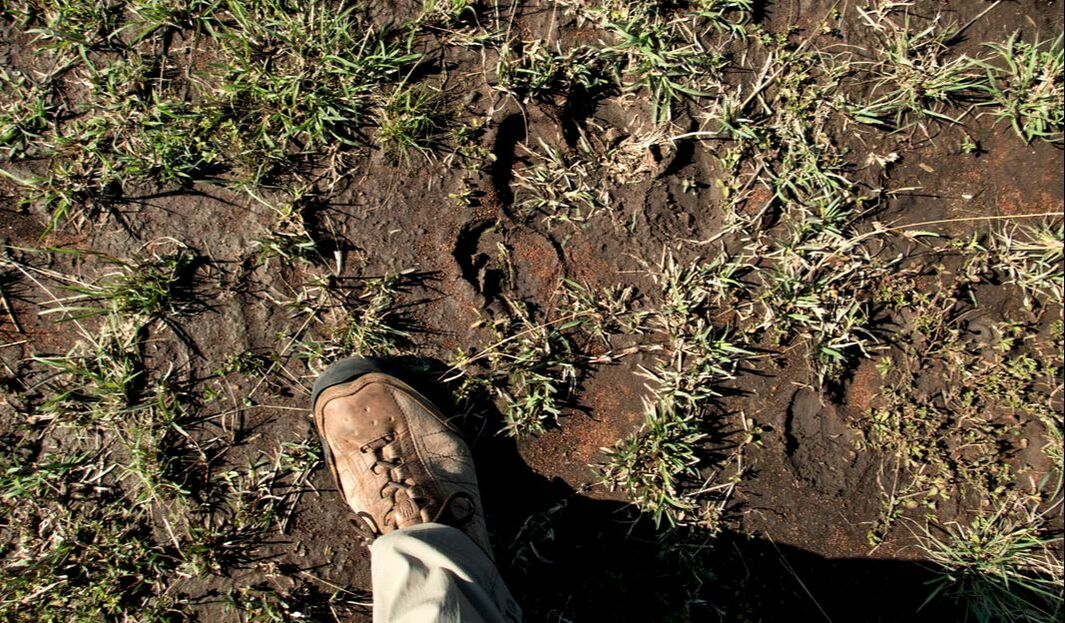
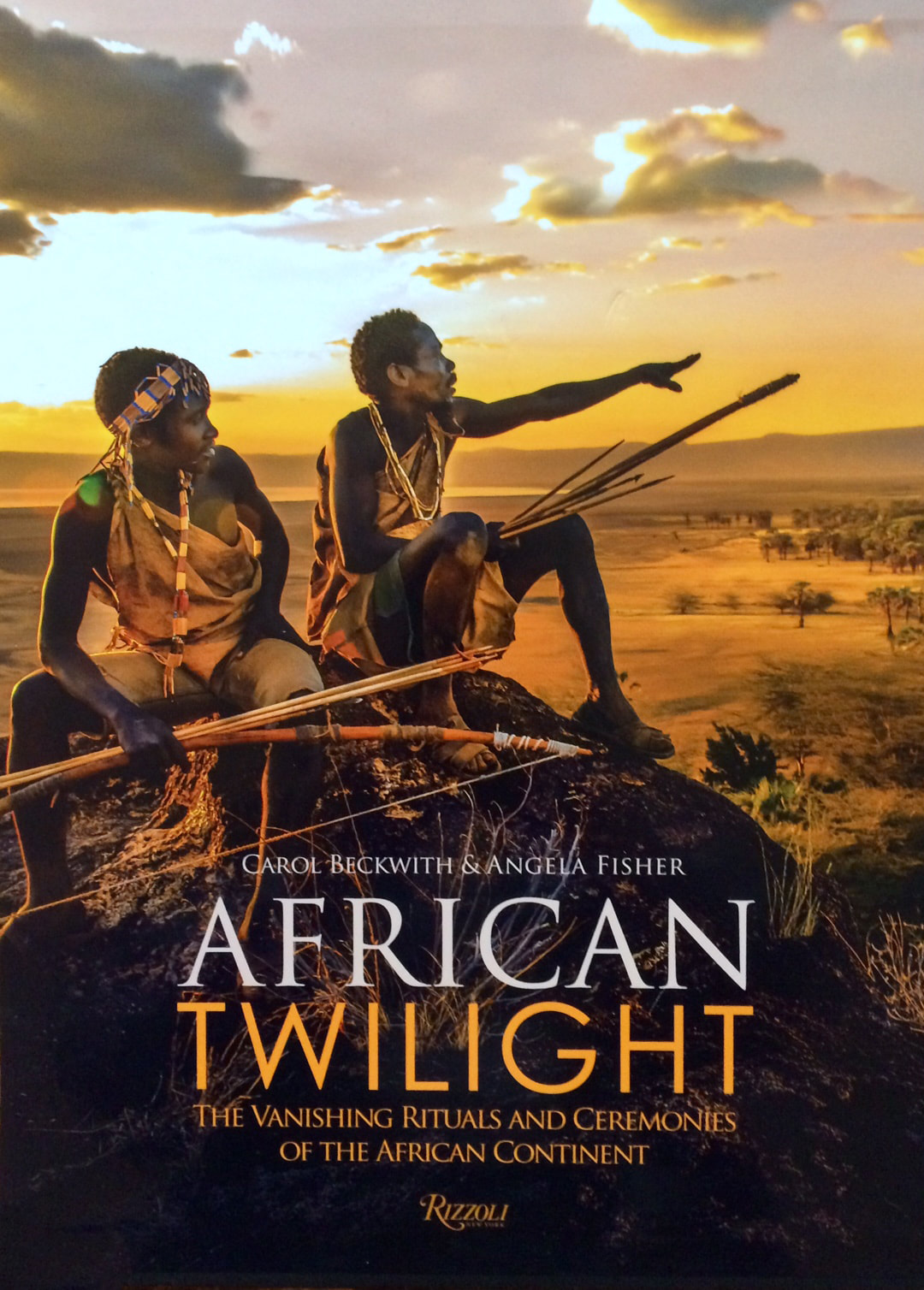
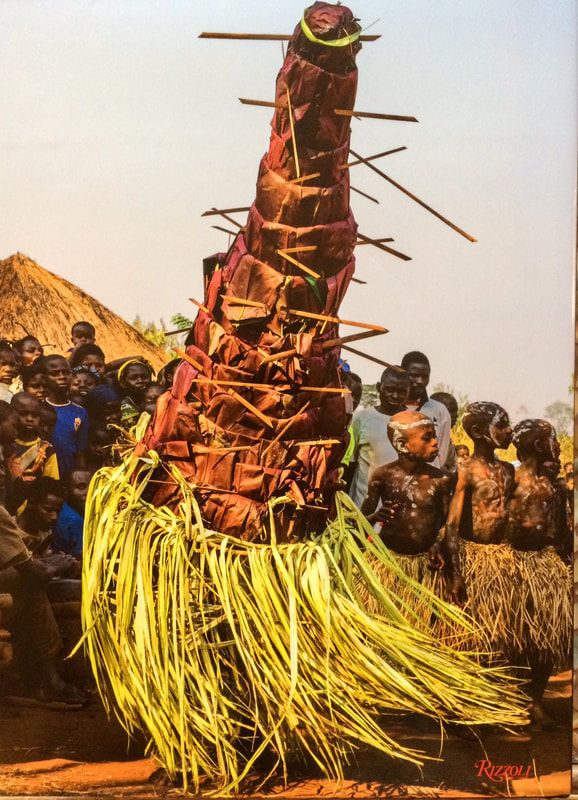
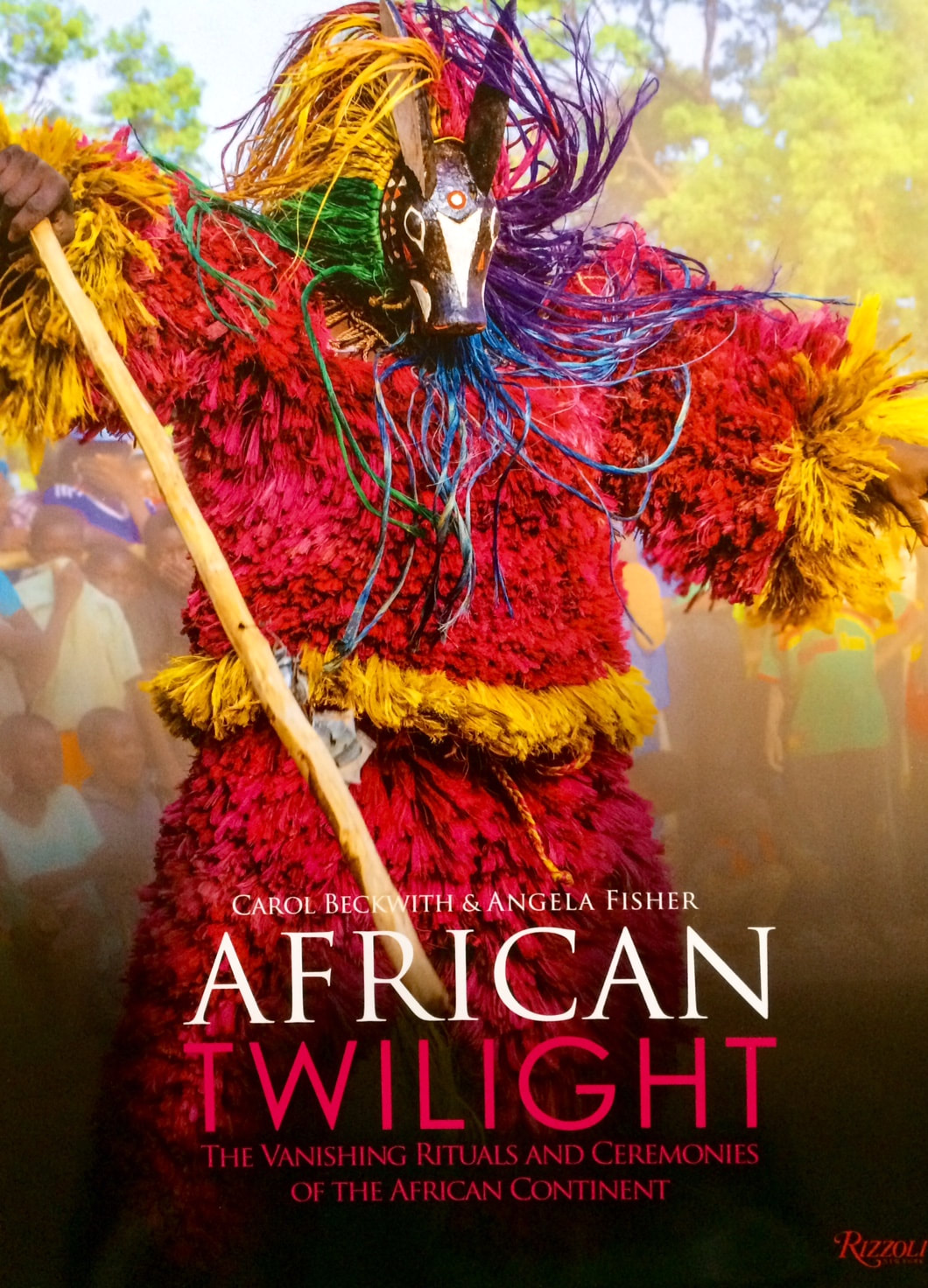
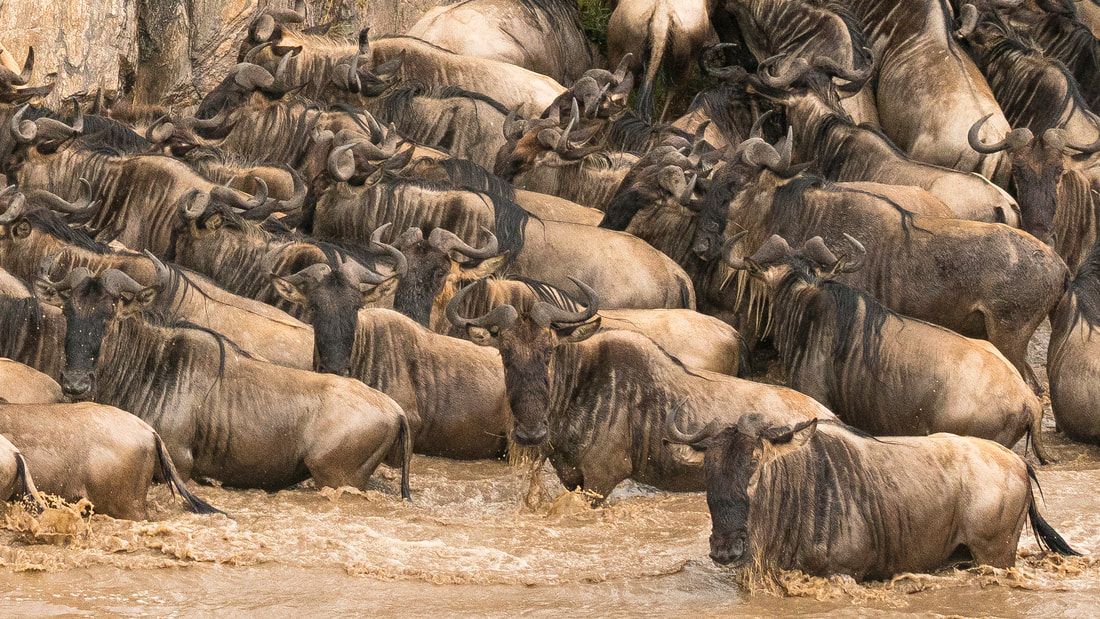
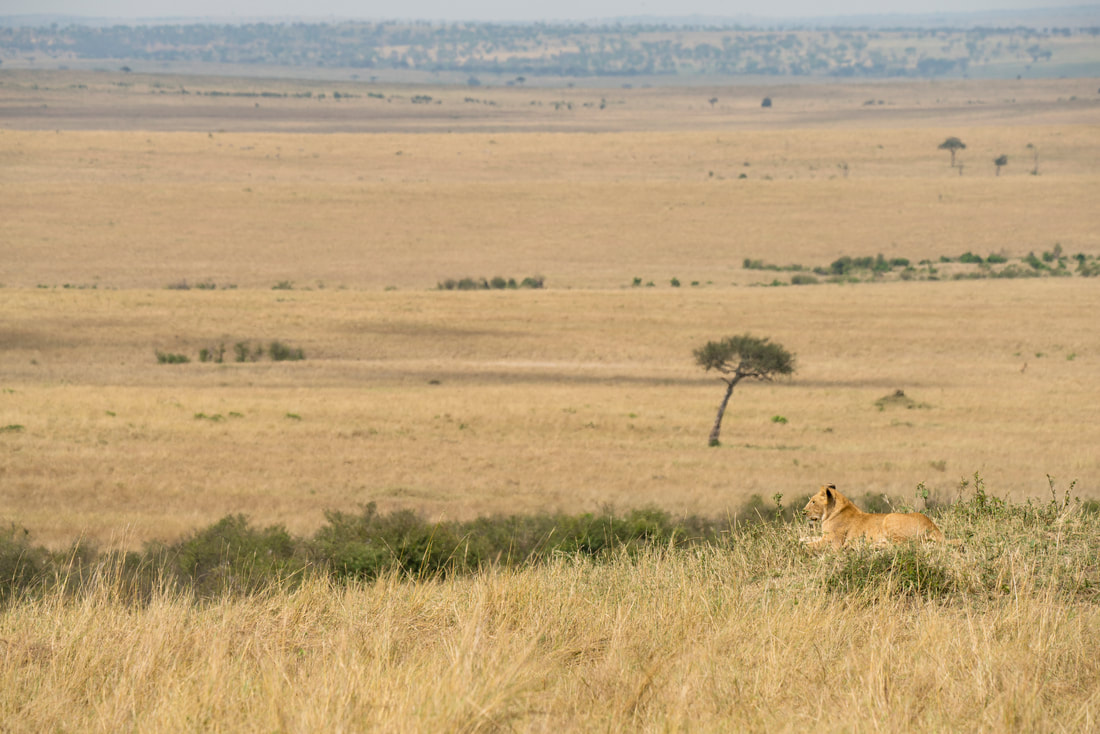
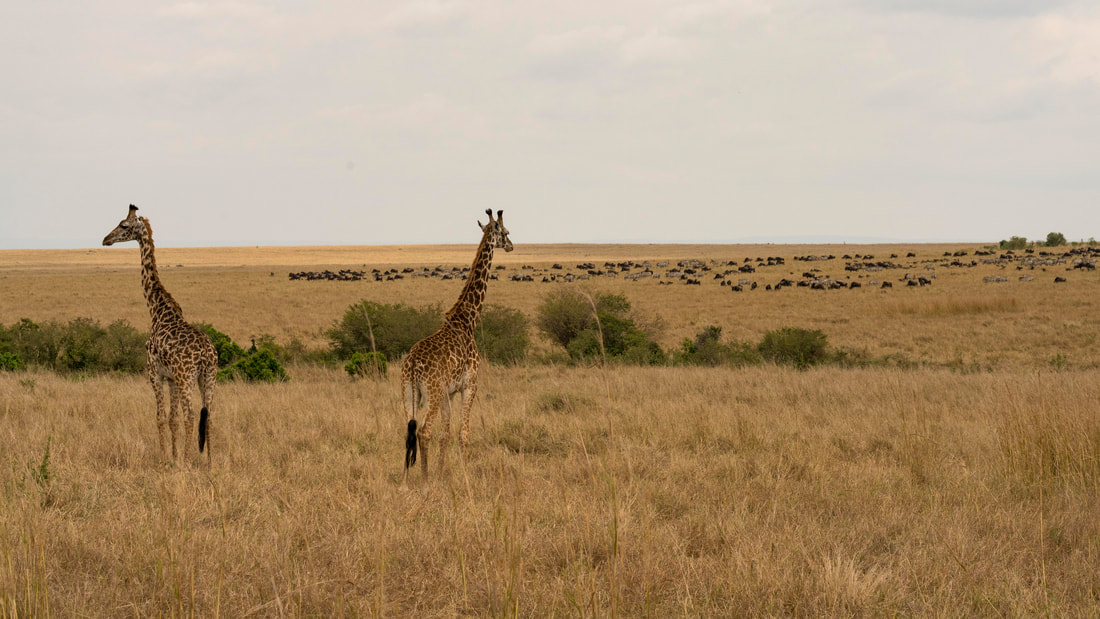
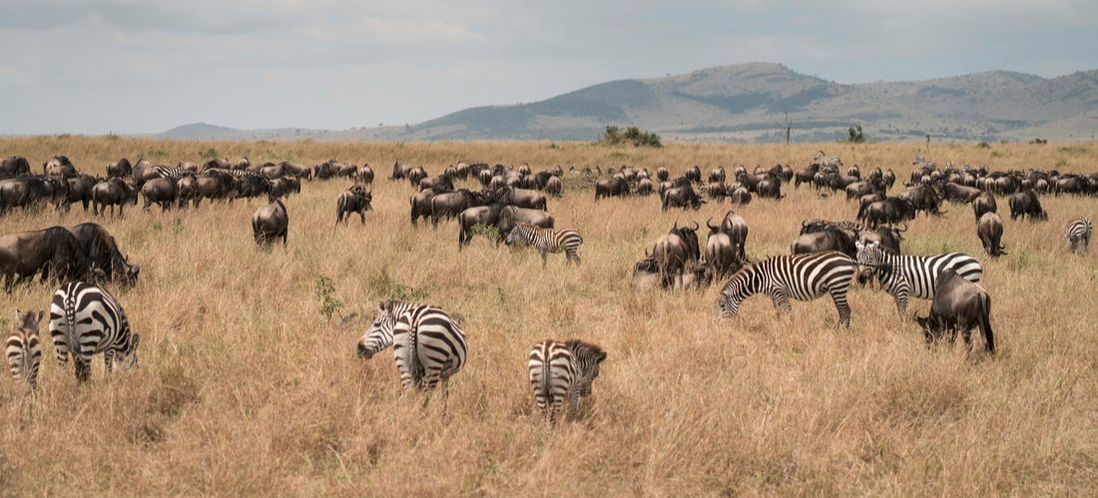
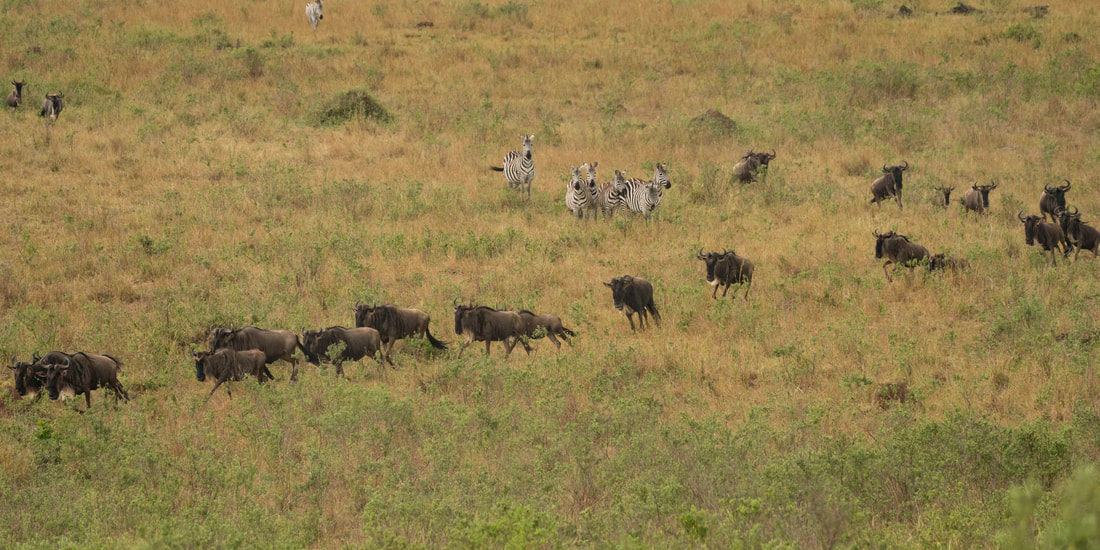
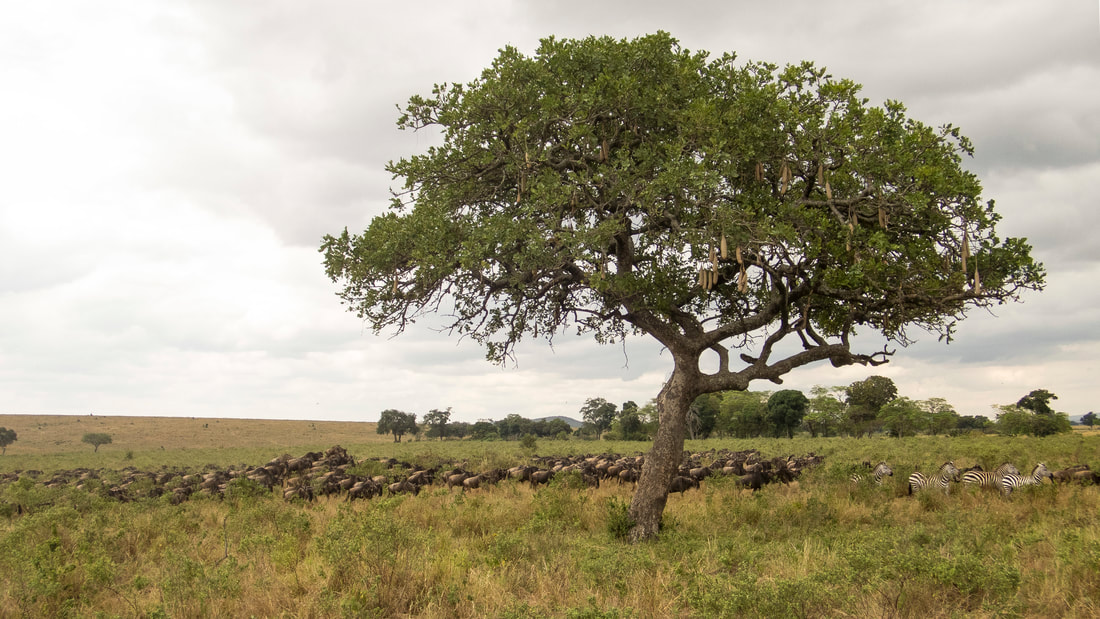
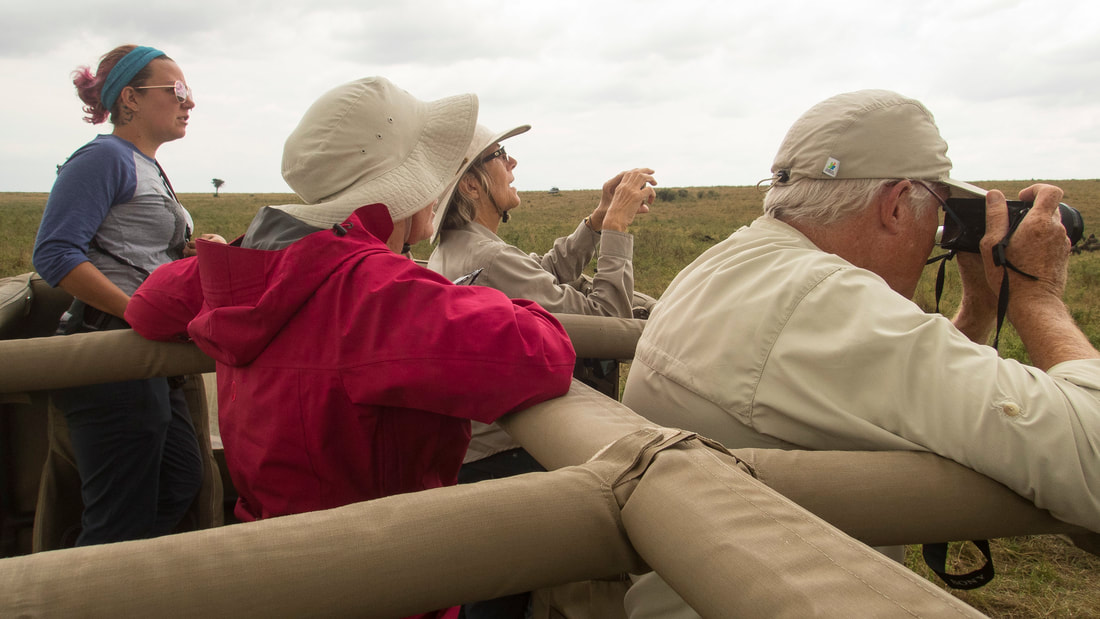
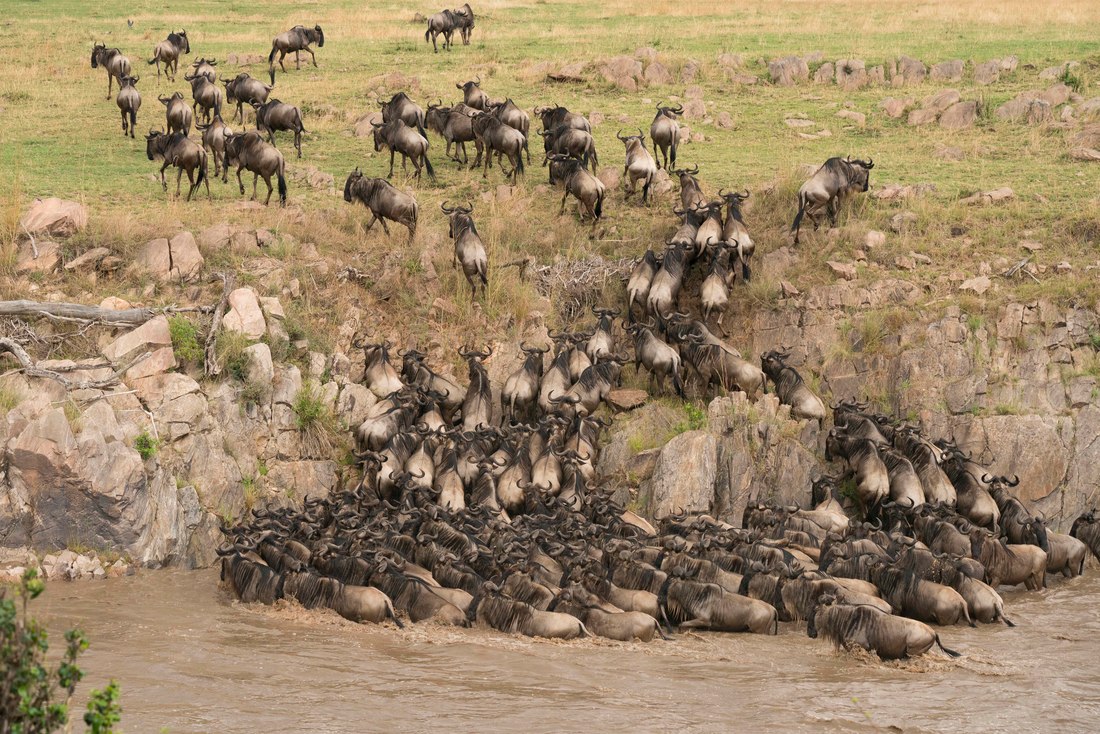
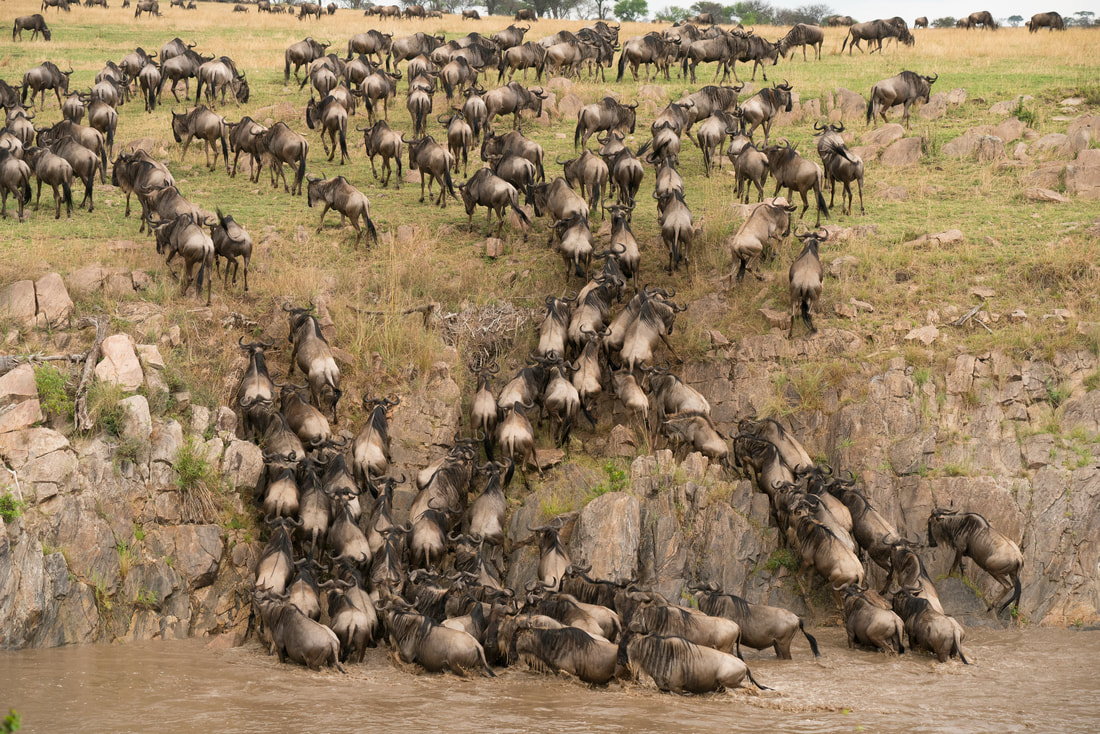
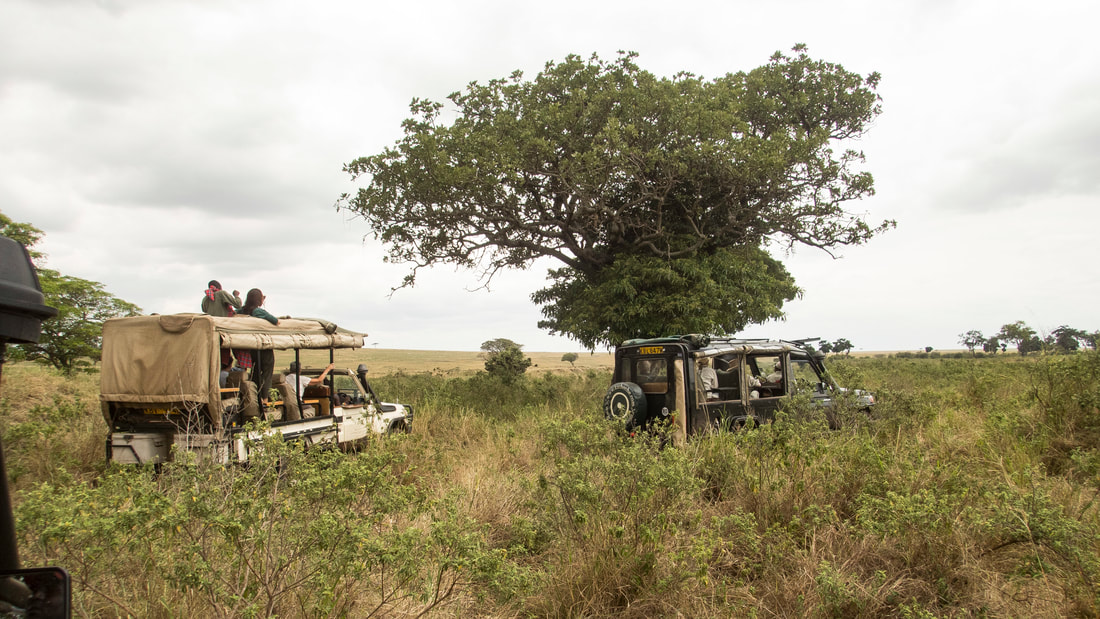
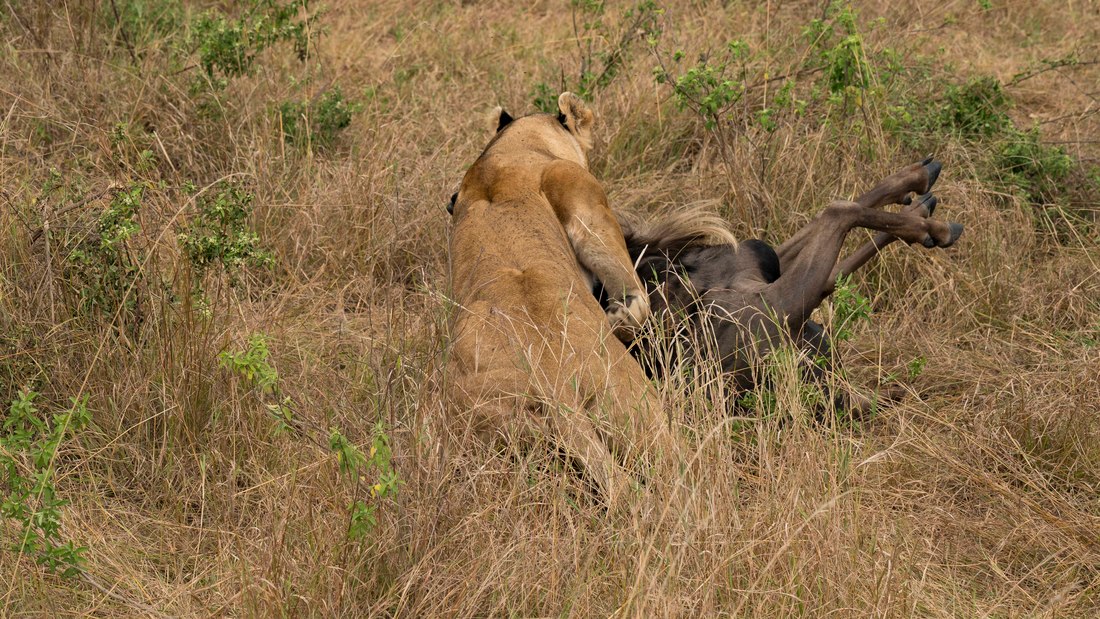
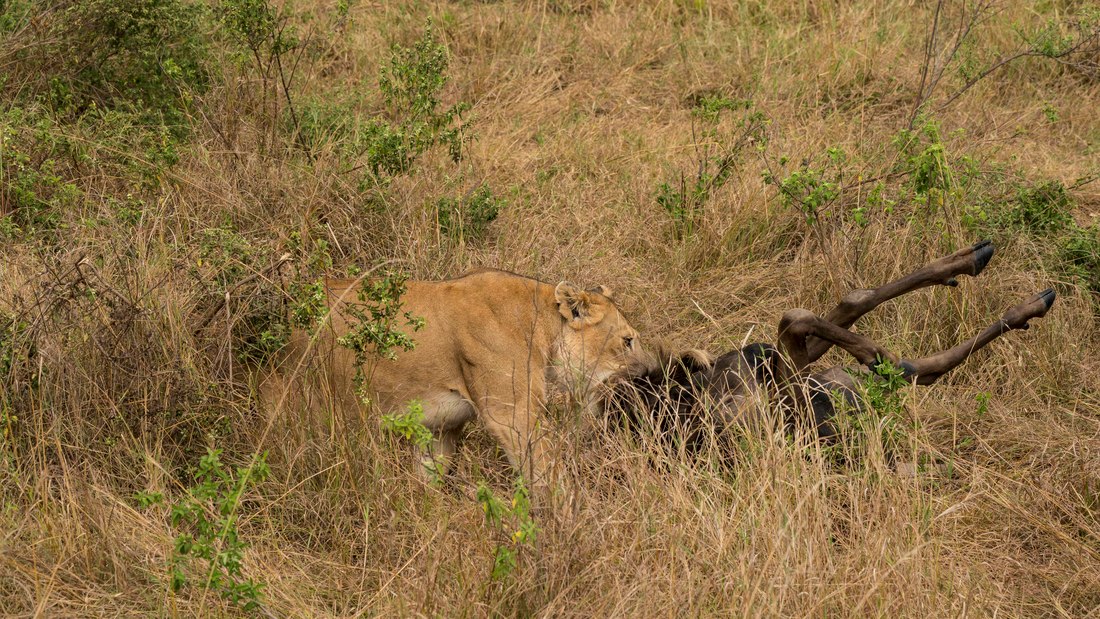
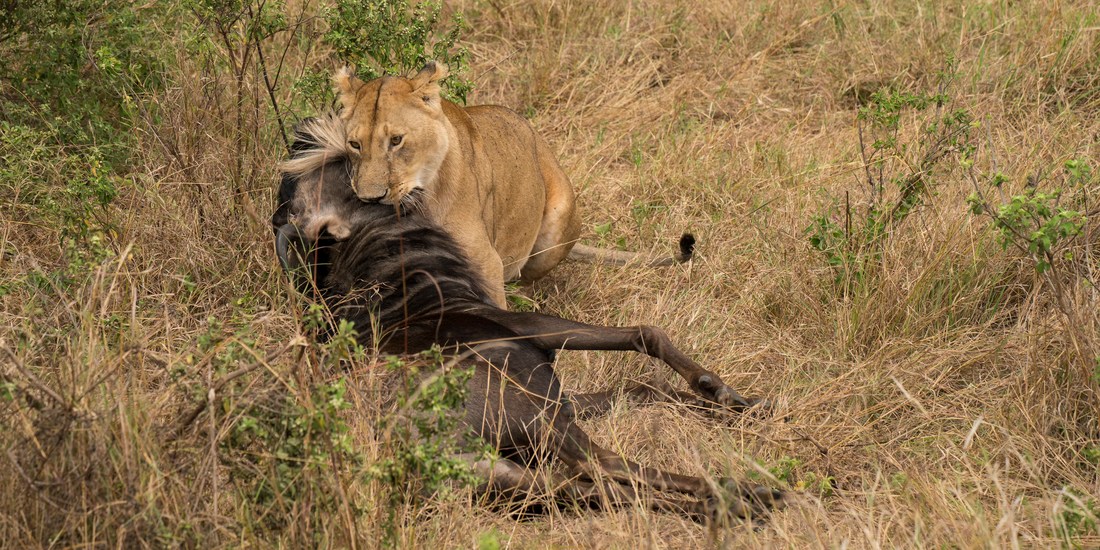
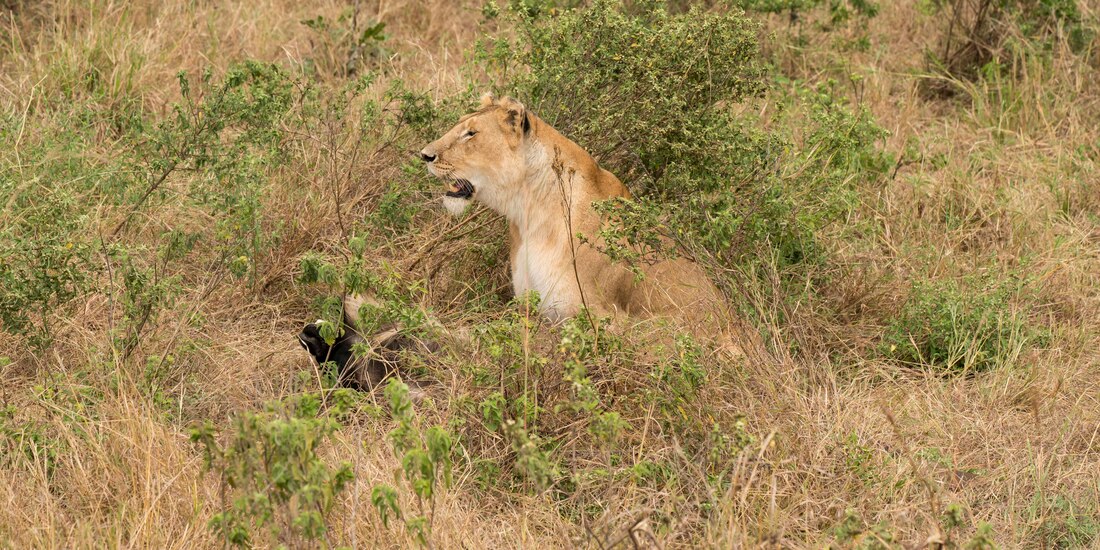
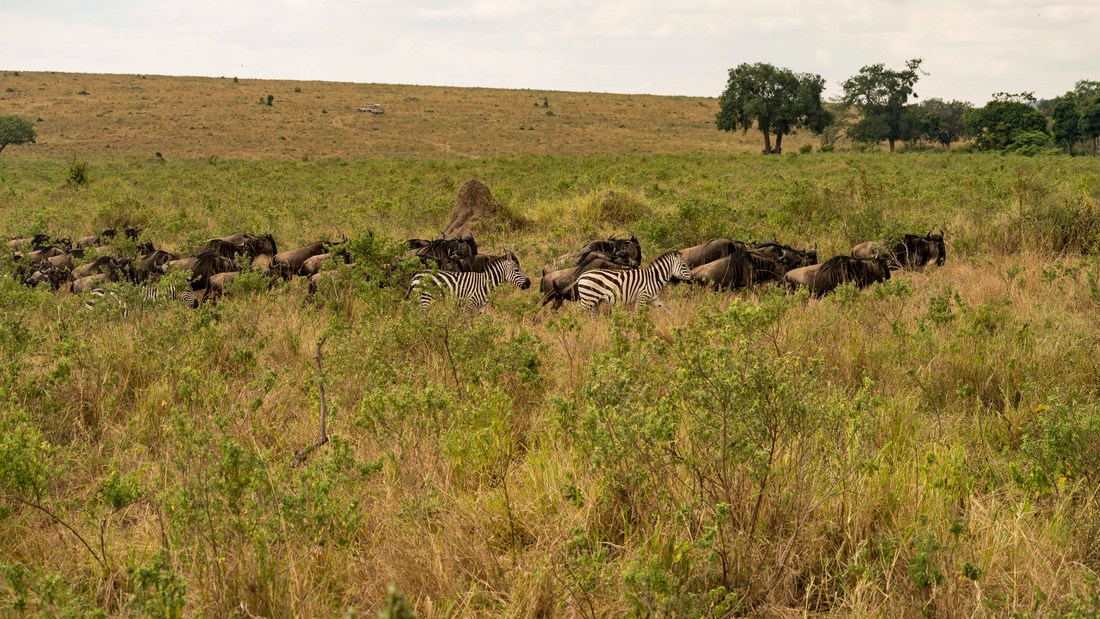
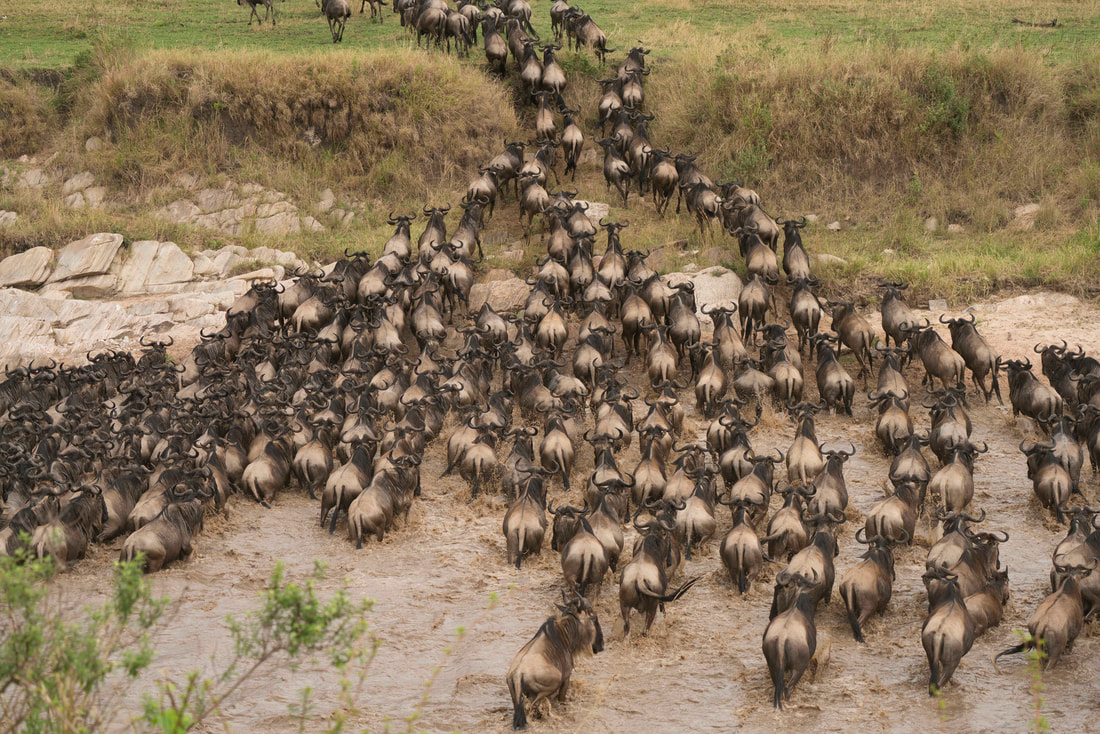
 RSS Feed
RSS Feed